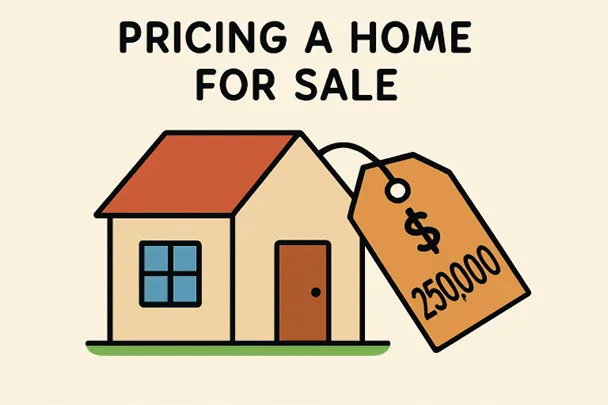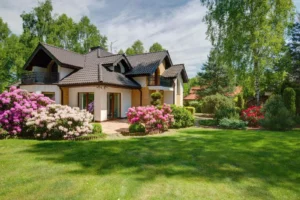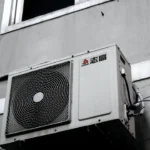Setting the right price is arguably the most important factor in selling your home quickly and profitably. Listing too high may deter buyers and cause your property to stagnate, while setting the price too low can cost you significant equity. House buyers need to feel they’re getting value, so strategic pricing supported by market research is essential.
Even in a seller’s market, house buyers are price-conscious and comparison shop aggressively. You must assess competition, market trends, and timing to capture their interest and drive optimal offers. With the right pricing strategy, your home can stand out among comparable properties and move quickly through selling.
Sellers who pay attention to data and buyer psychology consistently outperform others regarding sale speed and final sale price. Pricing intelligently isn’t about undervaluing your home; it’s about creating urgency and demand in the current market. Consider your timing, presentation, and neighborhood activity when making your decision.
To ensure a seamless property sale, seek local support from agents and verified online resources that deliver up-to-date market data and pricing insights.
Understand Your Local Market
Begin by analyzing your neighborhood’s recent “comparable sales” (comps), focusing on homes that match yours in size, age, features, and condition. This local data provides a pricing baseline and highlights what buyers are willing to pay. Online platforms like Realtor.com can help you research comps, but consulting with experienced agents is vital for insight into off-market sales, neighborhood nuances, and property sale trends.
While online tools offer quick snapshots of your home’s value, combining this information with a professional Comparative Market Analysis (CMA) ensures you base your price on reality, not wishful thinking. Monitor how long comparable homes took to sell, if they had recent price cuts, and whether the final sale prices matched their listings.
Price Slightly Below Market Value
Well-priced homes generate instant interest, showings, and often multiple offers. Pricing your property below its estimated market value is a tested strategy for creating urgency among buyers. This tactic isn’t about leaving money on the table—it drives competition, which can yield offers above the listing price, especially in active markets.
Buyers may perceive a modestly underpriced home as a rare opportunity and rush to schedule showings or submit offers. The psychological effect of “missing out” can prompt quick decisions and sometimes even spark bidding wars. According to a recent analysis by Investopedia, homes priced slightly under market value tend to sell faster and closer to, or above, their expected price point.
Analyze the Seasonality of the Market
Timing is everything in real estate. Buyer activity peaks during spring and early summer and wanes during holidays and colder months. Listing your home during the most active time can help you achieve a better price and a quicker sale. Strategic pricing is even more important in slower periods to attract scarce buyers.
If you must sell in the off-season, focus on curb appeal and set your price competitively. Consider creating incentives to attract hesitant buyers, such as covering closing costs or offering a flexible move-in date. Aligning your price with seasonality signals to buyers that your home is a smart, fair-value purchase.
Highlight Desirable Home Features
Home upgrades and features can make your property stand out and support a higher price. Features like updated kitchens and baths, energy-efficient windows, and modern appliances resonate with today’s buyers. The National Association of Home Builders identifies outdoor living spaces, a dedicated laundry room, and hardwood floors as top-valued additions.
When marketing your home, showcase improvements with high ROI, such as smart thermostats, refreshed landscaping, or additional storage. These upgrades justify your asking price and may increase buyer interest and perceived value. Staging and minor renovations before listing can deliver major returns at closing.
Invest in Professional Photography
Most buyers’ first showings happen online. Professional photos highlight your home’s best features, making it more attractive and inviting in search results. Clean, declutter, and ensure excellent lighting before your photography session. If possible, use a photographer experienced in real estate to capture both wide, sweeping shots and inviting close-ups.
High-quality listing photos boost click-through rates and can dramatically increase the speed at which offers arrive. According to research by Redfin, homes with professional images sell faster and for more money than those with amateur shots or poor presentation.
Work with an Experienced Real Estate Agent
An agent who understands your neighborhood’s market can provide critical pricing guidance, manage negotiations, and promote your listing for maximum exposure. Interview agents who have successfully closed recent sales in your area and request references to gauge their effectiveness. A skilled agent offers more than just listing services—they bring marketing expertise, negotiation strategies, and a deep understanding of buyer psychology.
Experienced agents can also help identify minor repairs or staging opportunities that could substantially improve your final selling price. Their guidance can prevent mispricing errors and ensure your home’s positioning stands out among competing listings.
Be Flexible with Showings and Offers
The more adaptable you are regarding showings and negotiations, the higher the likelihood of a fast sale. Allow for evening or weekend appointments, and be open to last-minute requests from motivated buyers. Flexibility shows you are serious and ready to move, which can prompt stronger and faster offers.
It’s equally important to review all offers with an open mind. If your initial price attracts considerable interest, don’t hesitate to negotiate for a favorable agreement—whether on price, closing costs, or move-in timeline. Small concessions now can pay big dividends at closing.
Final Thoughts
Getting your asking price right is the cornerstone of a swift home sale. By understanding your local market, considering seasonality, highlighting high-value features, investing in marketing and professional help, and remaining flexible, you set the stage for a successful sale. With the right strategy, you can generate more buyer interest and secure the desired results quickly.
Read more: Strategies for Selling a Home Quickly in Today’s Real Estate Market
Tips for a Smooth Mobile Home Selling Experience
Quickly Sell Your House: Best Creative Marketing Ideas










